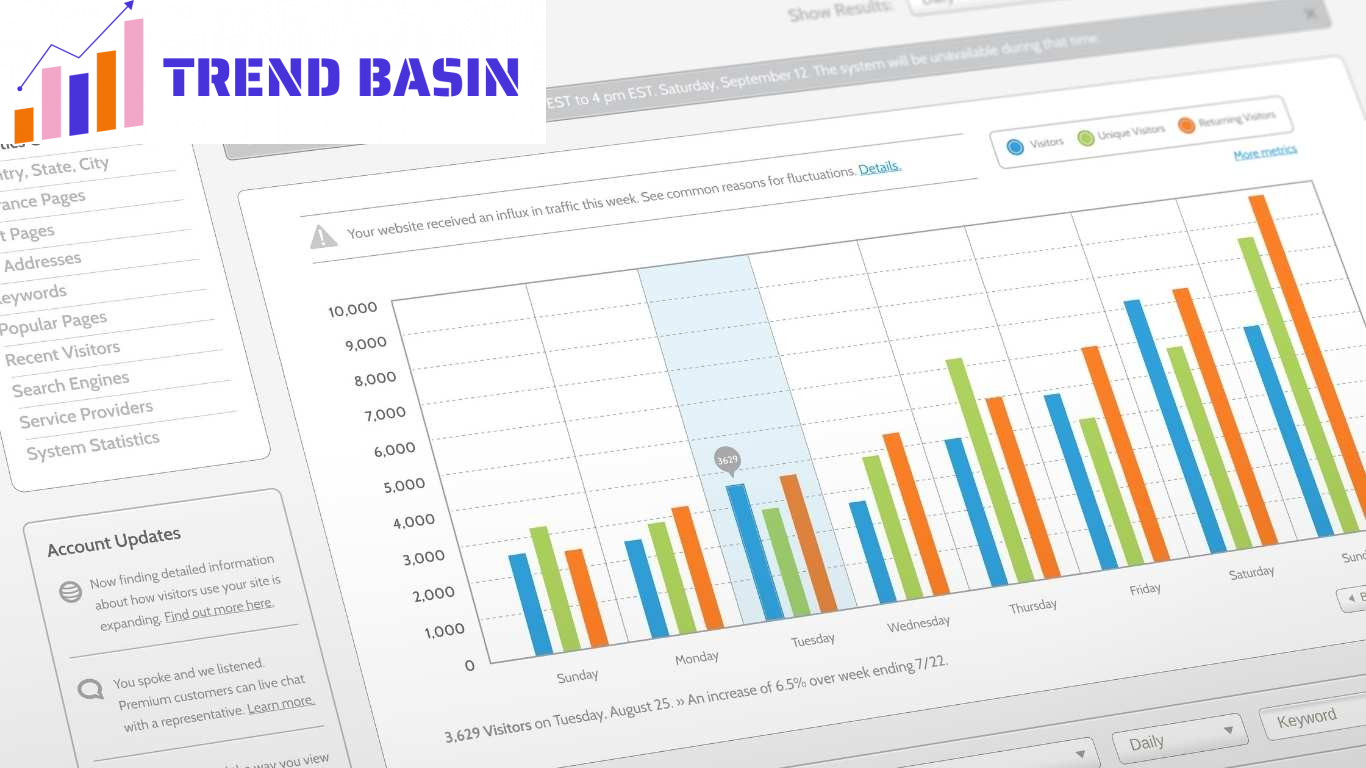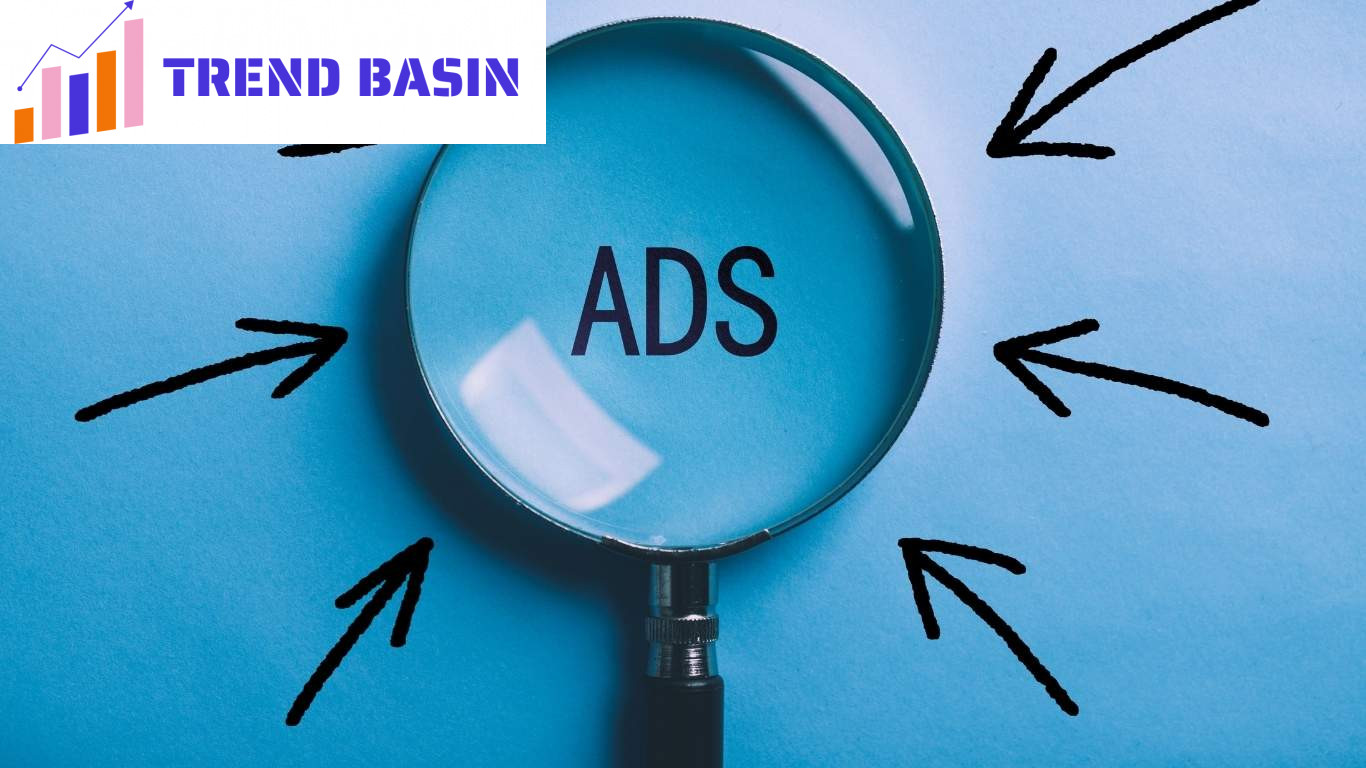Harnessing Influencer Marketing Power in Singapore
With Singapore’s vibrant social media landscape and strong digital engagement, influencer marketing has become an essential strategy for brands aiming to reach diverse and targeted audiences.
As brands increasingly turn to influencers to drive awareness and consumer trust, understanding the dynamics of influencer marketing in Singapore is crucial to making a successful impact.
Why Influencer Marketing is Key for Brands in Singapore
Social media usage in Singapore is among the highest in the world, with a 90.94% penetration rate among the population. With approximately 67% of people following at least one influencer on social media, there’s a solid base of influence ready to be tapped.
Brands leveraging influencer marketing here can increase brand awareness, reach niche audiences, and foster brand loyalty by building genuine connections through trusted influencers.
Key Statistics
- 67% of respondents in Singapore follow at least one influencer.
- USD 105.8 million is the projected ad spending on influencer marketing in Singapore for 2024, with a CAGR of 11.36% .
Types of Influencers in Singapore and Choosing the Right Fit
Mega and Macro Influencers
Mega influencers in Singapore, often celebrities or public figures, have vast audiences but can come with high costs and sometimes lower engagement rates. Macro influencers, with followers in the range of 10K-100K, often bring high visibility as well but may still lack the targeted engagement needed for niche marketing.
Micro and Nano Influencers
Micro and nano influencers offer smaller, more engaged followings, often between 1K to 10K. These influencers are seen as authentic and are more likely to create strong bonds with their audiences, making them ideal for building trust in smaller, targeted communities. Nano influencers, in particular, have shown high engagement and relatability, offering excellent ROI for small and medium-sized brands.
Did You Know?
While 48% of respondents in Singapore recognize mega influencers, 67% prefer recommendations from micro or nano influencers due to their authentic interactions .
Best Platforms for Influencer Marketing in Singapore
YouTube
YouTube is the leading platform for influencer marketing in Singapore, with 83% of users active on it. The platform’s versatile content formats, such as tutorials, reviews, and unboxings, are ideal for detailed product showcases.
With 80% user penetration, Facebook is another top platform, especially valuable for content that fosters community engagement. Its diverse demographic reach allows brands to connect with both younger and older audiences.
Instagram remains a popular choice for influencer marketing, especially for industries like fashion, lifestyle, and food. Its visual nature and high engagement rates make it ideal for showcasing products with captivating images and videos.
Key Takeaway
While YouTube leads in popularity, Instagram is often the go-to for visually-driven campaigns in sectors like fashion and lifestyle .
Building an Effective Influencer Marketing Strategy
- Define Goals and Metrics: Define clear campaign objectives like brand awareness, traffic, or conversions. Set measurable metrics, such as engagement rates, follower growth, and ROI.
- Identify Your Audience: Understanding who you are targeting is key. Identify the demographics, interests, and behaviors of your ideal audience to match with influencers who have similar followings.
- Choose the Right Influencer: Research potential influencers and evaluate their audience’s relevance, engagement rates, and alignment with your brand’s values.
- Collaborate on Content Creation: Provide influencers with creative freedom to craft content that resonates with their audience while ensuring brand alignment.
- Track and Measure Success: Use analytics tools to measure reach, engagement, conversion rates, and campaign ROI. This helps in assessing the effectiveness of the campaign and making adjustments as needed.
Budgeting and Cost Factors in Influencer Marketing
The projected ad spending in Singapore’s influencer advertising market is estimated to reach USD 105.8 million in 2024 and is expected to grow at a compound annual growth rate (CAGR) of 11.36% from 2024 to 2028. This growing investment underscores the value and impact of influencers, especially for industries like FMCG, e-commerce, and food & drinks.
Factors influencing the cost of an influencer campaign in Singapore include:
- Influencer Tier: Mega influencers generally demand higher fees than nano or micro-influencers.
- Content Type: Video content and posts with multiple creatives typically incur additional costs.
- Campaign Duration and Reach: Longer campaigns or those targeting specific demographics may increase expenses.
Tip for Small Businesses
Partnering with micro and nano influencers can maximize reach and engagement at a lower cost, making influencer marketing more accessible and affordable.
Overcoming Challenges in Influencer Marketing
Influencer marketing has immense potential, but it also presents some challenges:
- Finding Genuine Influencers: Ensure you’re working with authentic influencers by checking for consistent engagement, genuine follower interactions, and alignment with brand values.
- Maintaining Brand Consistency: Clearly communicate brand guidelines while allowing influencers to create content that resonates with their followers.
- Measuring ROI: Many brands find it challenging to measure the effectiveness of influencer campaigns. Set clear KPIs and use analytics tools to track performance against goals.
- Legal and Compliance Issues: Familiarize yourself with the legal guidelines in Singapore regarding sponsored content to avoid regulatory issues.
Tip
Use influencer marketing platforms that provide tools for managing campaigns and tracking engagement metrics to maintain oversight and optimize campaign performance.
Successful Influencer Campaigns in Singapore: Case Studies
Singapore Airlines
By collaborating with travel influencers, Singapore Airlines promoted its new routes, increasing brand visibility among international travelers. The influencers shared travel experiences, leveraging their trusted voices to enhance Singapore Airlines’ appeal globally.
Charles & Keith
This fashion brand partnered with Instagram influencers to promote product launches targeting millennials. The campaign saw high engagement rates, translating to increased brand recognition and sales among young adults.
DBS Bank
Using LinkedIn influencers, DBS Bank effectively promoted its financial services among professionals, showcasing the versatility of influencer marketing across B2C and B2B sectors.
Key Takeaway
Successful campaigns are well-targeted, use the right platforms, and feature genuine storytelling that resonates with the audience.
The Future of Influencer Marketing in Singapore
The future of influencer marketing in Singapore is shaped by emerging trends and technologies. Virtual influencers are on the rise, offering brands a unique opportunity to engage with audiences through AI-driven content. Brands are also focusing on sustainability and authenticity, as consumers increasingly demand ethical and purpose-driven content from the influencers they follow.
Looking Forward
As Singapore’s influencer marketing landscape grows, brands should focus on long-term partnerships to build deeper, more meaningful connections with their audiences.
Conclusion
Influencer marketing is an impactful tool for brands in Singapore, offering extensive reach, trust-building, and unique content creation opportunities. Whether you’re aiming to promote a lifestyle brand or launch a new tech product, leveraging the power of influencer marketing can yield significant rewards.
Connect with Trend Basin to learn more about how to integrate influencer marketing into your digital strategy for maximum impact.
Sources:
- Marketech APAC – Influencer Marketing Impact in Singapore
- Statista – Singapore Influencer Advertising Market
- AnyMind Group – Singapore Influencer Trends
- Statista – Singapore Social Media Platform Usage


